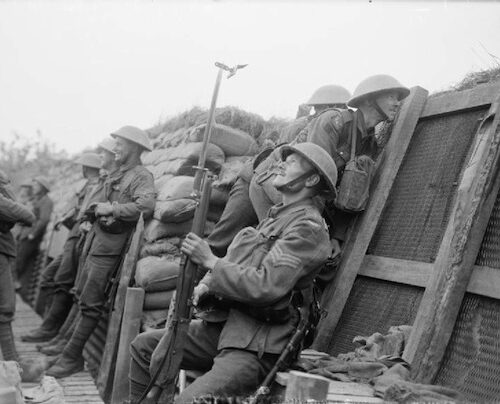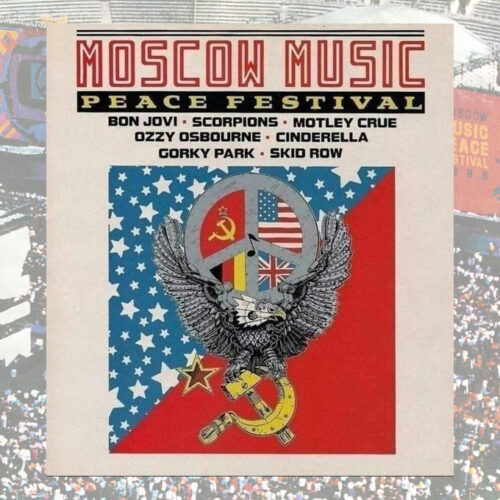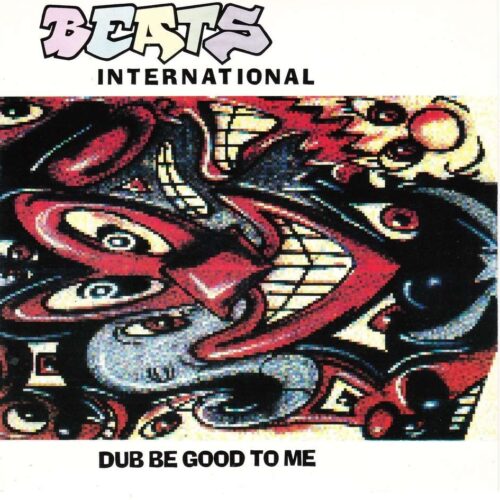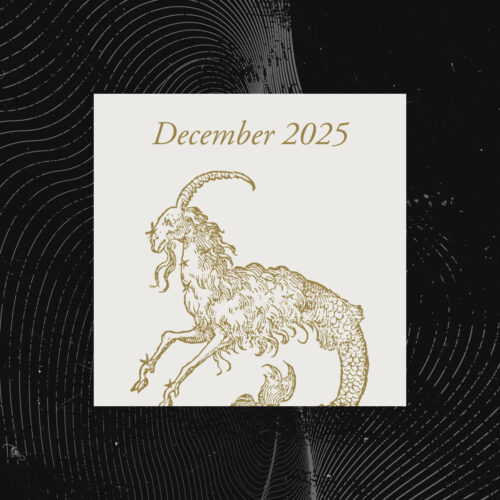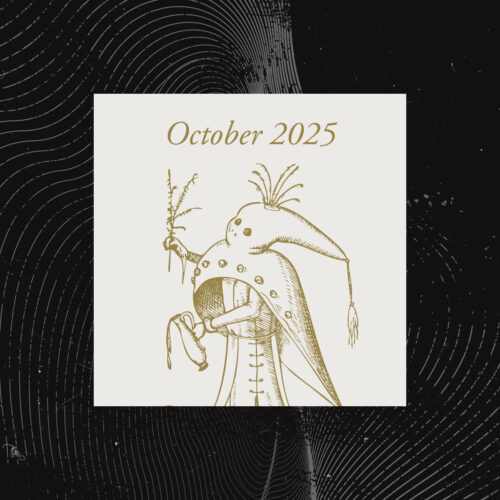Walking down Whalley Road in Accrington, towards the Crown public house, the parish of Altham and the old industrial village of Clayton-le-Moors, the pedestrian will pass under a brown sign adorned with a football, stating “Accrington Stanley FC”. Following the sign’s arrow down Livingstone Road and taking a sharp left will lead the curious to the Crown Ground, now known as the Wham Stadium. This is the home of Accrington Stanley (1968) FC, a small football club close to the heart of the town, previously a “housewives’ favourite”, then “the club that wouldn’t die”. And now a club in the heart of the community, which is quite possibly the most rock & roll in the land.
The Wham mentioned above is not a reference to the London pop group who captured millions of teenagers’ hearts and bestrode the Great Wall of China. It did cause me a double take, though, when I first saw the signs erected outside the ground a few years back. True to Stanley’s current brand as a practical, community-based club living doggedly within its means, “Wham” pays tribute to the three-year deal done with What More UK Ltd, the UK’s largest manufacturer of plastic household accessories and storage boxes. They’re based in Padiham, near Burnley. Wham (along with PushPan and Wham Cook) is one of the company’s brand names. To lower the blood pressure in East Lancashire (as putting the names of Burnley and Accrington Stanley in the same sentence can cause great unease to some) this partnership is entirely benevolent, unlike former Burnley FC chairman Bob Lord’s alleged machinations in 1962 that led to the original Stanley going bust.
Why should Stanley be seen as “rock & roll”? It’s my belief that the club is a shifting, mystic entity possessed of peculiar sociocultural powers, akin to the ravens in the Tower of London, or the best pop music these islands have produced. To re-employ an old Membranes song title, there are many myths and legends around Stanley. Some are entirely personal, such as a memory of the infant me playing with a giant white rabbit that lived under the old wooden stand. Some are comical: “What road is Stanley on? Livingstone, I presume.” (Surely that wasn’t planned by some local joker?) Others in this article seem more plausible, like the story that concerns another Accrington icon, Nori brickworks, namely whether New York’s Empire State Building rests on that legendarily hard, red Accrington brick. In the spirit of transparency and journalistic accountability, I can say that only some of these tales are wholly true. The white rabbit I played with has nothing to do with Grace Slick or Lewis Carroll, for example. But it wasn’t a brown or black rabbit. And we can dream that stories such as these signify greater things and add to the warp and weft of this tale.
“Rock & roll” is a phrase that can denote many things, of course, but in this article it signifies a link to popular music and popular culture, however tangential, undesirable, or odd. There is plenty to explore. Did the phrase “clean sheet” really come from a Stanley cup match? Did Stanley have a hand in the invention of Total Football? Why do Stanley fans sing a version of ‘Anarchy In The UK’? Did a structure used for community singing and watching British Army parades really cause utter ruin? Has Reg Dixon’s giant organ in Blackpool got a role to play? And why end up in court over a Phil Collins track? There is plenty to chew on for the amateur sleuth.
As with all football clubs, Stanley has a stock of cultural capital to dig into in the form of unique artefacts, such as the ill-fated rising-phoenix club crest from 1998, which was dropped after the team were relegated in the first season of its use. It would be easy to wade through this material and draw our conclusions solely from our search. My brother’s collection of Stanley ephemera, for instance (stretching back to the early 1980s) involves a wardrobe of tops, hand-painted Subbuteo teams, cuttings, programmes, photographs and tickets, and a red-and-white scarf knitted for him by a superfan gran. One of these items – and still a strong signifier to the outside world of a clog-wearing, matchstick-men Lancashire – would be one of the Holland’s Pies strips, often beautiful and clean designs that displayed the town’s crest alongside the Baxenden pie manufacturer and other local businesses such as Gibsons Sports on their fronts. Memory may be playing tricks, but



